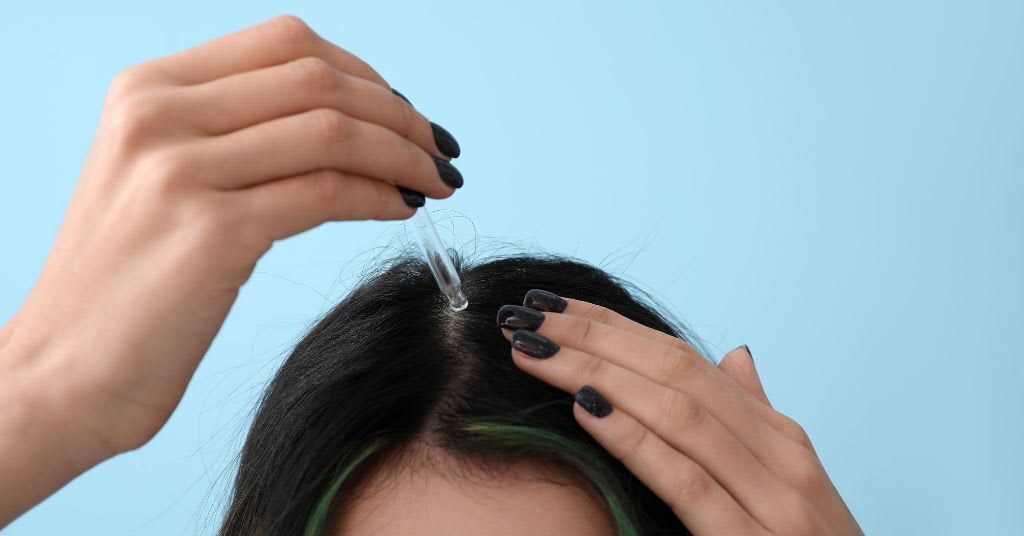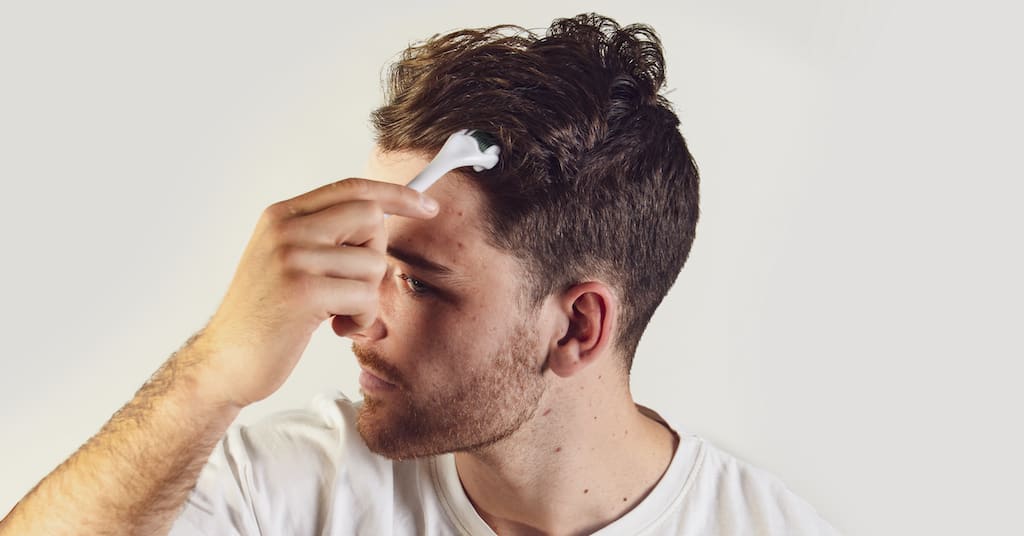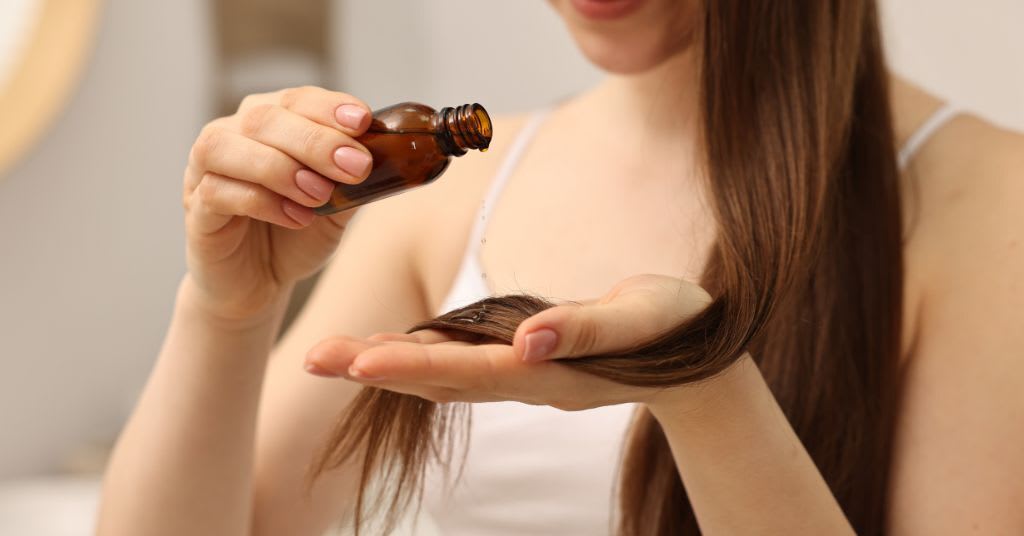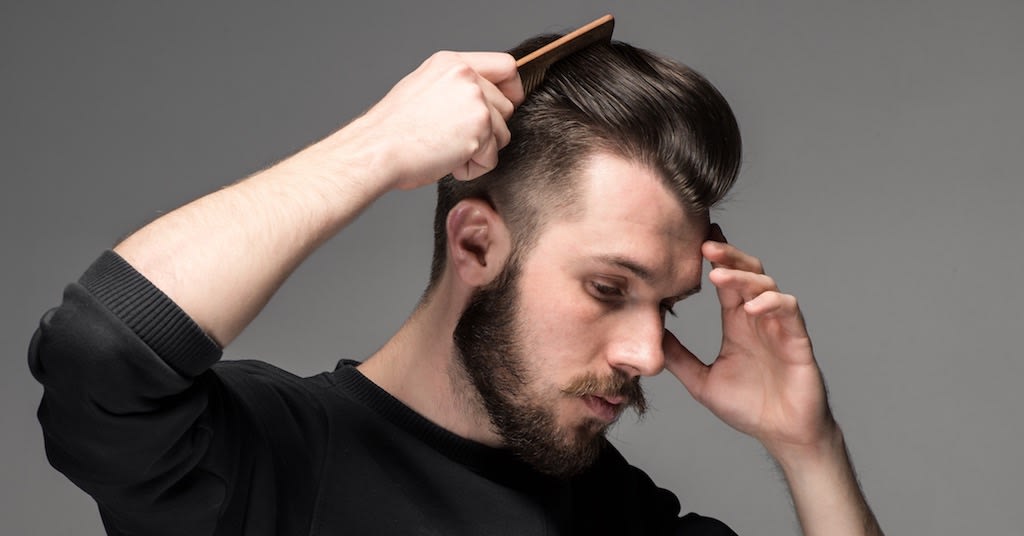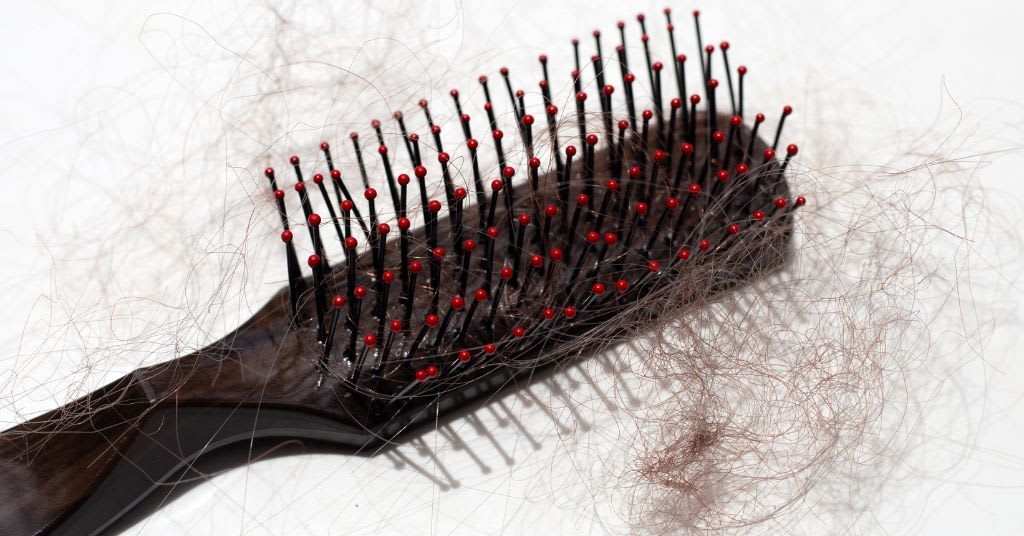For many women, thinning hair is much more than a cosmetic concern. It can shake your self-confidence and make you feel self-conscious. But you don't have to accept a thinning mane as your fate. There are solutions available.
One proven hair loss treatment for women is minoxidil. This medication is available as both an oral tablet and a topical solution. In this article, we will explain how minoxidil for women works, compare the different formulations, and discuss dosages and side effects.
The Basics: What is Minoxidil and How Does It Work?
Minoxidil was originally developed to treat high blood pressure. Interestingly, during its early days, researchers observed that many patients experienced increased hair growth as a side effect. This discovery eventually led to its use as a treatment for hair loss. When we refer to minoxidil for women, we're focusing on its application in addressing female pattern hair loss — a condition primarily driven by genetics. 1
So, how does minoxidil work?
- Minoxidil prolongs the anagen phase of your hair cycle, which is the active growth period. This means that your hair stays in the growing phase longer than usual before it enters a resting stage, resulting in reduced shedding and a fuller appearance over time.
- Minoxidil opens potassium channels in the scalp, which improves blood circulation and delivers essential nutrients to your hair follicles. 1
This dual action makes minoxidil an effective hair loss treatment for women by both extending the growth phase and nourishing the follicles.
Topical Versus Oral Minoxidil for Women
When it comes to using minoxidil for women, you typically have two options: the topical solution and the oral tablet. Each method has its advantages and some drawbacks, so let’s break down both.
Topical Minoxidil for Women
Topical minoxidil for women is the classic choice and is FDA-approved for treating female pattern hair loss. It’s available in 2% and 5% formulations and is applied directly to the scalp, usually around 1 mL twice a day. 1
Research shows that the 5% solution tends to produce better results in terms of hair density and scalp coverage. For many, this method has been the gold standard in hair loss treatment for women because it targets the affected area directly and has an established safety record. 2
Oral Minoxidil for Women
In recent years, oral minoxidil for women has emerged as an alternative, particularly for those who prefer not to deal with the daily application of a topical product. Oral minoxidil is typically prescribed in low doses, usually ranging from 0.25 to 2.5 mg per day. 3
It’s important to note, however, that oral minoxidil is not FDA-approved for treating hair loss. Instead, many doctors prescribe it off-label for women when they believe the benefits outweigh the risks. 3
Studies have shown that oral minoxidil for women can yield improvements in hair density, though it may carry a slightly different profile of side effects than the topical version, such as mild swelling or a slight increase in heart rate. This option can be an effective hair loss treatment for women who have experienced scalp irritation from topical solutions. 4
Minoxidil for Women: Dosage Recommendations

One of the most critical aspects of minoxidil for women is getting the dosage right.
- Topical use: For topical minoxidil for women, most clinical guidelines recommend using a 2% solution, with about 1 mL applied directly to the scalp twice daily. This method ensures that the active ingredient is delivered where it’s needed most, maximizing its effectiveness as a hair loss treatment for women. 1
- Oral use: The off-label dosing for oral minoxidil for women usually falls between 0.25 and 2.5 mg per day, taken either once or divided into two doses. Starting at the lower end of the dosage range helps minimize potential side effects — such as unwanted hair growth in areas other than the scalp (hypertrichosis) or mild leg swelling — while still providing therapeutic benefits. Adjustments to your dosage should always be made under the supervision of a healthcare provider. 3
What Research Has to Say
So, does minoxidil for women really work? The evidence is promising. Multiple clinical trials have demonstrated that both topical and oral forms of minoxidil for women can significantly improve hair density and reduce shedding in those struggling with female pattern hair loss.
But what is the most effective dosage and formulation? Here’s what the research says:
- Research on topical formulations show that a 5% solution is more effective than a 2% solution and placebo, leading to improved scalp coverage and overall hair density. 2
- Studies indicate that women using oral minoxidil may see about a 12% increase in hair density over a 24-week period, compared to roughly 7% for those using the topical solution. 4
It’s important to set realistic expectations. Most women begin to notice visible changes within two to four months of regular use. While the improvements might seem gradual at first, they can be significant over the long term, making minoxidil a valuable component of hair loss treatment for women. 1
Managing Side Effects
As with any medication, minoxidil for women can come with side effects, but knowing what to expect can help you manage them effectively.
- Hypertrichosis: One of the more common side effects, especially with oral minoxidil for women, is hypertrichosis — unwanted hair growth in areas such as the face or arms. Although this side effect is generally mild, it may require additional measures like hair removal if it becomes bothersome.
- Scalp irritation: Some users of topical minoxidil for women report irritation, including itching, redness, or flakiness on the scalp. If these symptoms occur, you might consider reducing the frequency of application or switching to a formulation that is less irritating. Consulting your dermatologist can also provide guidance on how to minimize these effects.
- Edema and cardiovascular effects: With oral minoxidil for women, there can occasionally be mild swelling in the legs or a slight increase in heart rate. These effects are usually not severe, but they do underscore the importance of monitoring your overall health. Since oral minoxidil is prescribed off-label for hair loss, careful supervision by a healthcare provider is essential to ensure that these side effects remain manageable. 1
Practical Tips for Maximizing Your Results

If you decide to include minoxidil for women in your hair loss treatment regimen, here are some practical tips to help you achieve the best results:
- Maintain consistency: The effectiveness of minoxidil for women relies heavily on regular, consistent use. Whether you’re using a topical solution or taking an oral tablet, adhere to the recommended schedule without skipping days. Consistency is the cornerstone of any successful hair loss treatment for women.
- Track your progress: Keeping a photo diary of your hair can be very encouraging. Take pictures every few months to document the gradual improvements. This record can help you and your healthcare provider assess the effectiveness of your minoxidil regimen over time.
- Be patient: Hair growth is a slow process. Most minoxidil users start to see visible changes within two to four months. 1
Minoxidil for Women: Is It the Right Decision?
Choosing a hair loss treatment for women is a personal decision that depends on several factors, including the cause of your hair loss and your lifestyle. Minoxidil for women tends to work best for female pattern hair loss, a condition largely driven by genetics. However, if your hair loss is due to other factors — such as hormonal imbalances, stress, or nutritional deficiencies — minoxidil for women might still be beneficial as part of a comprehensive treatment strategy.
If you’re considering oral minoxidil for women, it’s important to remember that this formulation is used off-label. Although many doctors have seen positive results with low-dose oral minoxidil for women, it is not FDA-approved for hair loss. This means that while it can be an effective hair loss treatment for women, its use must be carefully monitored by your healthcare provider.
On the other hand, the topical formulation of minoxidil for women is FDA-approved for treating androgenetic alopecia, making it a more conventional choice. Ultimately, whether you choose the topical or oral route, your treatment plan should be tailored to your specific needs and continuously reviewed for effectiveness. To learn more about minoxidil, visit our minoxidil blog.
The content in this article is intended for informational purposes only. This website does not provide medical advice. In all circumstances, you should always seek the advice of your physician and/or other qualified health professionals(s) for drug, medical conditions, or treatment advice. The content provided on this website is not a substitute for professional medical advice, diagnosis, or treatment.
